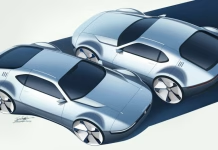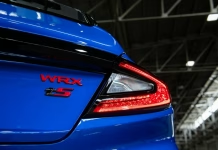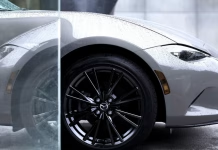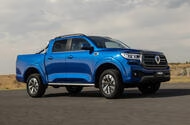Volkswagen’s Secret Electric Sports Car Concept Channels Retro SP2 Style

Delaying Software Updates Could Jeopardize Your Car’s Warranty, Warns GM

Top 10 Small Cars That Prove Great Things Come in Compact Packages
 Whoever said size matters? We list the 10 best small cars money can buy today
Whoever said size matters? We list the 10 best small cars money can buy today
If you walked through the cities and towns of the UK, you might think that us Brits have forgotten the idiom “good things come in small packages”, such is the prevalence of SUVs.
The reality for a lot of us, though, is that most journeys are short hops around town, with just one person in the car.
To exacerbate this problem, over the last few years we have waved goodbye to some of our finest small cars. For instance, the UK's former bestseller, the Ford Fiesta, has exited stage left.
Yet. The small car isn’t dead. It is in fact thriving, bolstered by the addition of cracking little electric cars that are zippy and extremely cheap to run.
Below are our top 10 favorite pint-sized performers, each bursting with clever features, low running costs, and bags of charm.
We rate the Fiat Grande Panda as the jewel in the crown. Our testers were bowled over by its chic retro look, fun interior and the fact that it’s available as a hybrid and full EV. It even took home our ‘Best Small Car’ award at our annual gong.
Subaru WRX Faces Steep Sales Drop as Rivals Surge Ahead
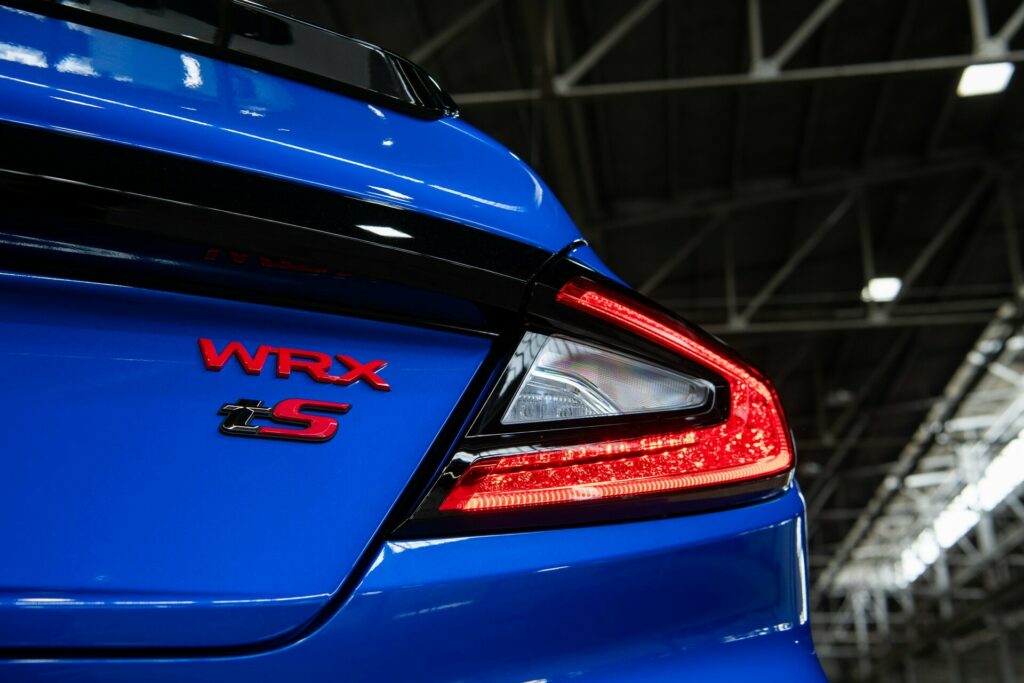
Ford Bronco Marks 60 Years with Retro-Inspired Anniversary Edition

PB Balaji Steps In as JLR CEO Amid Electric Transformation and Global Challenges

Balaji has been Tata Motors CFO since 2017Balaji, who has been "closely associated with the successful transformation" of JLR, will take the helm in November
JLR has confirmed that PB Balaji, chief financial officer of its parent company Tata Motors, will become its new CEO from November.
The appointment follows the news last week, broken by Autocar, that current CEO Adrian Mardell was retiring after 35 years with the company. Prior to becoming CEO in 2023, Mardell had been JLR's CFO.
While Mardell's departure hadn't been announced prior to the news becoming public last week, it was obviously long planned, as JLR's search for a replacement had been ongoing "for the past few months", according to Tata chairman Natarajan Chandrasekaran.
JLR said Balaji is "a well-regarded global leader with 32 years of experience in the automotive and consumer industries across finance and supply chain functions".
With experience working across Tata's operations in Mumbai, London, Singapore and Switzerland, Balaji is "closely associated with the successful transformation" of the company.
Balaji is already on the board at JLR, as well as Tata Motors Passenger Vehicles, Tata Passenger Electric Mobility, Tata Motors Finance Group and – notably – Agratas, which is building a battery factory in Somerset, partly to supply JLR EVs.
Chandrasekaran said: “I would like to thank Adrian for the stellar turnaround of JLR and for delivering record results.
"I am delighted to appoint Balaji as the incoming CEO of the company. The search for a suitable candidate to lead JLR has been undertaken by the board for the past few months and after careful consideration it was decided to appoint Balaji.
"He has been associated with the company for the past many years and is familiar with the company [and] its strategy and has been working with the JLR leadership team.
"This move will ensure that we continue to accelerate our journey to reimagine JLR.”
Balaji said: "It is my privilege to lead this incredible company. Over the past eight years, I have grown to know and love this company and its redoubtable global brands. I look forward to working with the team to take it to even greater heights.
"I thank Adrian for his immense contributions and wish him well for his next innings.”
Mardell was appointed as CEO in 2023, following the sudden departure of Thierry Bolloré, and has led the Jaguar and Land Rover brands through one of the most transformative periods in their respective histories.
He has steered the company through a remarkable financial turnaround, with it going from heavy losses and huge debt in the wake of the pandemic, to posting its best profit figures for a decade last year.
The dramatic change in the company's fortunes was underpinned by the popularity of its highly profitable Defender and Range Rover models, which have put JLR on track to achieve a targeted 10% profit margin by 2026.
Mardell has also overseen the formation of JLR's House of Brands retail strategy, under which Defender, Discovery, Range Rover and Jaguar have each been carved out as distinct brands in their own right, with bespoke marketing strategies centred around the positioning of those model families.
But arguably the most significant moment of Mardell's tenure as boss was the unveiling of the radical Jaguar Type 00 concept, which marked the beginning of the all-out transformation of the marque from a BMW and Mercedes-Benz rival to a purveyor of high-end, high-performance EVs that will do battle with Bentley.
The first of these models, a four-door super-GT in the vein of the Porsche Taycan, is now in the final stages of testing ahead of a production-spec unveiling at the end of the year – likely around the time Balaji takes the helm – and a launch in summer 2026 - until which time no Jaguar models are being produced.
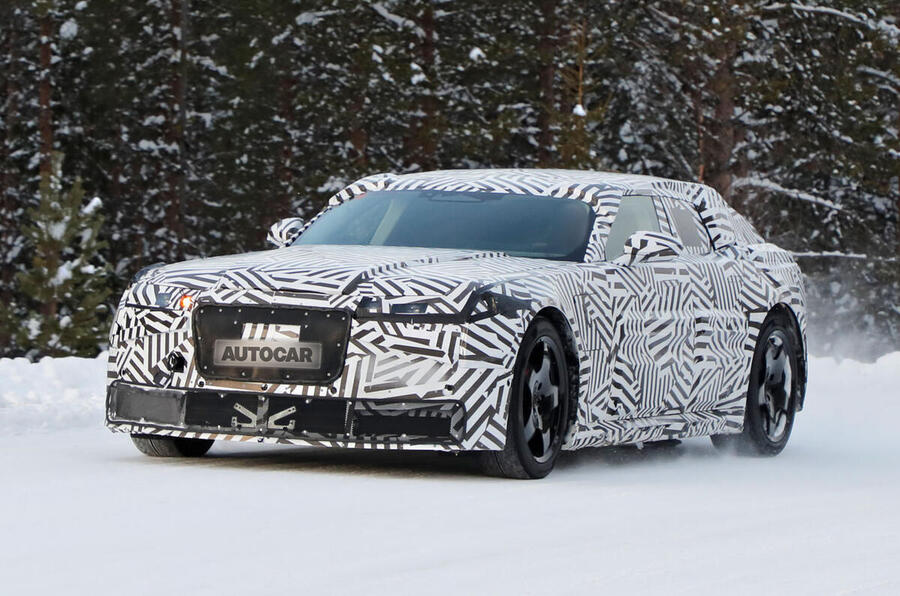
In a recent interview with Autocar, Mardell revealed that he had driven the new GT and said it was the "most fun I've had" in his time as JLR boss.
"It was stunning in terms of its speed, its acceleration, its performance, but also how it delivered the power with a real sense of character," he said. "The chassis team are really excited about the possibilities of the vehicle.”
Speaking more generally about Jaguar's prospects as an all-electric luxury brand, Mardell said he was "certain we will have wait lists which are significant relative to the volumes we aspire for with the first product”.
He continued: "In today’s market conditions, I don’t see anything which is going to concern me about the success of the new Jaguar in this new world at all, actually.”
Mardell leaves JLR in a position of far greater stability than that it was in when he took the top job, but the company still faces strong headwinds.
Chief among those is the imposition of new tariffs on foreign-built cars in the crucial US market, which accounts for a huge proportion of sales of JLR's most profitable models.
The UK recently secured a trade deal that reduced the US import tariff on its exported cars from an initially mooted 25% to 10%, which is good news for the Solihull-built Range Rover models and the Halewood-produced Range Rover Evoque and Discovery Sport.
But that levy only applies to the first 100,000 cars shipped to the US in a year, meaning any JLR models shipped above that number are liable to attract the higher 25% fee.
Similarly, while the EU has now struck a deal with the US, cars shipped from the region to North America will still attract a 15% tariff, which will have significant implications for the Defender and Discovery, both built in Slovakia.
His replacement Balaji will also have to negotiate JLR's inevitable shift to a pure-electric line-up over the coming years, in the face of waning global demand for premium EVs.
Only recently it emerged that the long-awaited Range Rover Electric, originally planned for showrooms by the end of 2025, had been delayed to next year - in part to allow for demand to pick up.
The company has not confirmed a new date for the Range Rover EV, nor said if the electric Jaguar models will still launch on schedule.
Mazda MX-5 Sales Soar as Sports Car Defies SUV Dominance in 2025
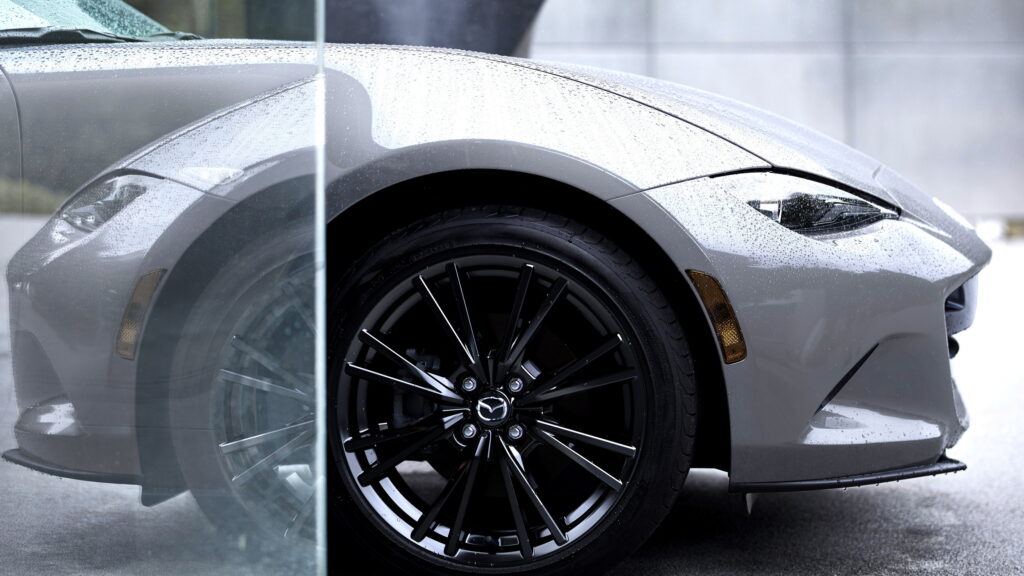
GWM Poer 300 Launches as UK’s Most Affordable Diesel Pickup with Impressive Off Road...
 Chinese company to start UK deliveries of truck in September, with prices undercutting key rivals
Chinese company to start UK deliveries of truck in September, with prices undercutting key rivals
Great Wall Motor (GWM), maker of the Ora 03 hatchback and Haval Jolion Pro crossover, is bringing a pick-up truck to the UK - and it will be one of the country's cheapest.
The GWM Poer 300 is a diesel-powered double-cab with a towing capacity of 3.5 tonnes, a one-tonne payload and a starting price of £31,495 (excluding VAT) - making it cheaper than the equivalent versions of the Isuzu D-Max, Volkswagen Amarok and Maxus T60 Max - and only a few hundred pounds more than the cheapest Ford Ranger and KGM Musso.
The Poer 300 uses a 2.4-litre four-cylinder engine that sends 181bhp and 354lb ft through a seven-speed auto gearbox to both axles - and while GWM has not given full performance details, it says it returns 32.7mpg on the WLTP cycle.
Headline off-roading specifications include an approach angle of 27deg, a departure angle of 25deg and 230mm of ground clearance, which, combined with the permanent 4x4 system and electronic locking rear differential, means the Poer 300 has "exceptional off-road capability", according to GWM.
Already on sale in Australia as the Cannon Ute, the Poer 300 is due on UK roads from September in a choice of three trims: entry-level Lux, mid-rung Ultra and range-topping Vanta.
Standard equipment includes a 12.3in touchscreen with wireless smartphone mirroring, a 7.0in digital driver's display, a wireless phone charger, keyless entry, faux leather seats and 18in alloy wheels.
Options fitted to higher-spec variants include heated and ventilated seats, ambient lighting, a 360deg camera and a sunroof.
GWM UK boss Toby Marshall said: “With the Poer 300, GWM UK is delivering unmatched utility, power and technology at a very competitive price point in the UK market.
“We fully expect the GWM Poer 300’s combination of capability and value to resonate strongly with small business users and rural dwellers, who rely on vehicles such as this as a backbone of their businesses and lifestyles.”
McLaren 720S Smashed in Autobahn Crash, Driver Miraculously Walks Away

Tesla Rewards Elon Musk Billions Amid Ongoing China Challenges and Trade Uncertainty


